Scope of Policy
Defining the Scope of Your Policy
You may find that you’d like your scope to be as broad as possible but that, realistically, your organization doesn’t have the capacity to implement such a broad Policy at this time. It is good to be aspirational, and, at the same time, to engage in honest reflection and self-assessment. Keilim guides you to write a legally compliant Policy that also goes beyond minimum requirements.
If certain aspects are not relevant to your organization, whether from a legal or organizational values perspective, of course you may omit them. Likewise, if there are aspects that are unique to your organization that are not mentioned here, you may include them.
While discussion of scope begins here in Foundational Elements, it continues throughout Keilim’s modules.
Considerations
To Whom Does Your Policy Apply?
Your Subtitle Goes Here
To help you start thinking about which people your Policy will cover, the lists below lay out categories of individuals typically found in Jewish organizations and include examples of people who fall into each category. Note that your Policy may not apply identically to all individuals within a given category.
Start by ensuring that you meet the minimum legal requirements, keeping in mind that laws vary by jurisdiction; for example, in New York State, in addition to covering employees, you are required to cover volunteers, vendors, and interns, among others. Due to varying requirements, it is important that you consult local counsel.
As you consider which individuals to cover beyond the minimum legal requirements, start by adapting the lists above to identify categories in which you have a significant number of people or people with decision-making authority.
1 Policies prohibiting discriminatory, harassing, and abusive behaviors, and mechanisms for reporting such behaviors must apply to adults as well as to youth. Beyond these basics, your organization will need to implement additional policies and procedures to safeguard youth from abuse, including complying with mandated reporting laws. For more information on developing policies and practices to safeguard youth from abuse, visit Sacred Spaces’ Aleinu Safeguarding Youth Campaign at www.AleinuCampaign.org.
Where Does Your Policy Apply?
Your Subtitle Goes Here
Organizations have a moral responsibility to create an environment that is safe, respectful, and equitable for all, as well as to ensure that their leaders are exemplars of ethical leadership at all times and in all places. Therefore, the organization’s responsibility doesn’t begin and end when a person steps over the threshold, whether physical or virtual. If someone engages in inappropriate or concerning behavior outside the organization, and the organization is aware of it, the institution has a moral obligation to address it. To remain solely focused on behavior occurring on the premises of the organization is to miss many indicators of concern.
Limiting your focus to your organization’s physical space may also be illegal.
For example, a Policy pertaining to employees must cover your physical building, organization-sponsored events (regardless of where they take place), and any place — physical or virtual — where someone is conducting organizational business (e.g., a conference venue, an individual’s home, Zoom or other electronic platform, etc.).
If interactions between employees, or between employees and other organizational actors, affect their employment by contributing to a hostile work environment, regardless of where the interaction takes place, it is the organization’s legal and moral responsibility to step in. While events outside of work may not seem to be an employer’s responsibility, such as when a group of staff members go out for drinks or interact on social media, if the effects of a problematic interaction follow individuals back to the workplace, they may become an employer’s concern, legally and morally.
In addition, your Policy must cover any location where supervisor-supervisee relationships are at play. These relationships, even within a social context, are likely to be considered work-related and therefore lie within the scope of policies defining workplace misconduct.
What Behaviors are We Talking About?
Your Subtitle Goes Here
For your Policy, you should consider which behaviors to prohibit as well as which to encourage. You will find guidance on which behaviors to include in Prohibited Conduct and Interaction Guidelines.
In Prohibited Conduct, we discuss four categories of behaviors to consider including in your Policy:
- Discrimination/Harassment
- Bullying
- Other abusive behaviors
- Retaliation
In Interaction Guidelines, we move beyond prohibiting behavior that is inherently problematic (e.g., harassment) to behavior that promotes respectful interactions. This includes various policies to prevent the behaviors outlined in Prohibited Conduct (e.g., ensuring that hotel room sharing on organizational trips is between peer colleagues and not between supervisors and direct reports).
Drafting
Now that you have a basic understanding of the factors to consider when determining your Policy’s scope and have examined them in the context of your own organization, you can draft language to include in your Policy.
Policy Example
Below is an example of Policy language you can use as a point of reference as you draft your own. Notice how this example, from Pardes Institute of Jewish Studies, articulates all three areas of scope in one short, simple paragraph.



